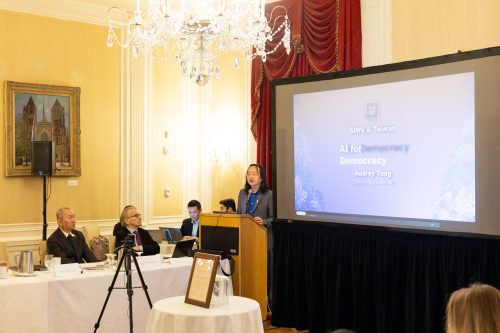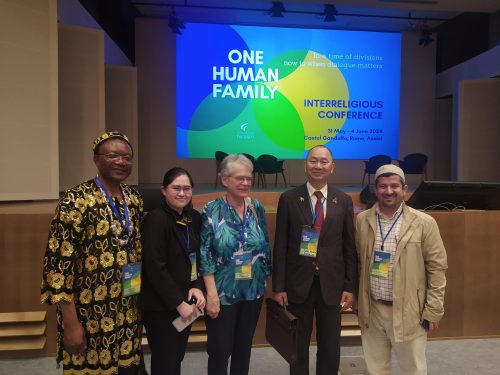Alex Pentland, MIT, Co-founder of the AIWS Innovation Network (AIWS.net)
Summary: Digital identity that allows certification of the user’s health status, similar to today’s payment acceptance mechanism, can create safe working environments and consumer experiences (restaurants, hotels, meetings) while protecting personal privacy.
A New Economic Resource to help Restart the Economy
Soon we expect to have more than 30% unemployment, and repeated waves of infection for at least two years, preventing normal economic recovery. Finance, government, travel, hospitality, and manufacturing will be devastated, with widespread bankruptcies and business closings. We are going to have to restart the economy starting from a depression-level situation. But how?
One economically significant consequence of these waves of infection is creation a “safe worker” workforce. This workforce consists of people who have been infected and then recovered, so that they can be certified as less likely to become re-infected. This disease-resistant workforce will generally young, but also generally from the poorer communities that are being disproportionally affected.
Can we use these “safe workers” to help restart the economy? To make use of this resource we need to certify who is recovered (or, eventually, who is vaccinated). As testing become common, fast, and inexpensive we could also certify people who recently tested negative. All this also makes early detection of infection and contact tracing much, much easier, eventually preventing successive waves of infection.
A crude, brute-force version of this idea has been behind the most successful efforts at suppressing the disease (Taiwan, Korea, Singapore). They relied on “big brother” use of personal data, and authoritarian enforcement of quarantine and isolation. As the disease and recovery progresses, these countries now have a certified group of safe workers and can being restarting the economy.
In democratic countries the use of “big brother” data methods are feared because of the danger that it will continued to be used by government after the immediate emergency. Consequently, sophisticated institutions are turning to more sophisticated methods of computing that preserve privacy and data ownership[i]. Some countries and companies already use these sorts of methods, and the EU government has committed to migrate to such technology.
A Plan: Start By Making Safety Easy
Imagine a society where banks serve as repositories for citizens’ health data, much as they already do for their financial data. This personal form the basis of each citizen’s digital identity very much like bank data currently provides citizens with their financial identity. In this society a citizen can certify their health status to a participating merchant or employer in the same way their credit card charges are certified. They can also see where it is probably safe to go, and where the risk is higher, and even get immediate notice if they have been exposed to infection, all without endangering their personal privacy.
Moreover, with such certification available government could offer financial incentives for employment of safe workers, and to motivate safe workers to take jobs that require customer contact. They could also provide incentives for uninfected workers to take jobs that have less exposure to infection, and help make sure they stay safe. Similarly, merchants could (for instance) certify that their business has only safe employees in customer-facing positions.
This health certification also allows for extremely fast and accurate infection contact tracing and individual-level infection avoidance information without threatening personal privacy. Individuals with health certification can have their mobile phone automatically check the status of people around them without sending personal data off of their phone or identifying the people around them. This is accomplished by use of either sophisticated methods such as Secure Multiparty Computation (already nearly universally deployed for some types of updates on mobile phones) or simple “risk maps” aggregated from anonymized data and appropriately sanitized using differential privacy methods (such as employed by the U.S. Census Office).
The major hurdle to implement this vision is sharing of health data certifications to citizens, which are then their bank. Mobile certification is similar to current digital payments, digital identity infrastructure that is already being deployed by (for instance) MasterCard, and we at MIT are releasing a USA-wide “safe paths” and contact tracing facilities this week. This system helps people stay safe, and can help restart our economy in multiple ways. To help kick-start use of this process government or large employers can provide financial incentives to, for instance, visit newly open merchants, to employ “safe workers” in customer-facing positions, and for merchants to obtain “safe environment” certification.

[i][i][i] An illustrative example is our Open Algorithms platform and employing Secure Multi-Party Computation, which provably maintains privacy and audit-ability of fairness and fraud.










